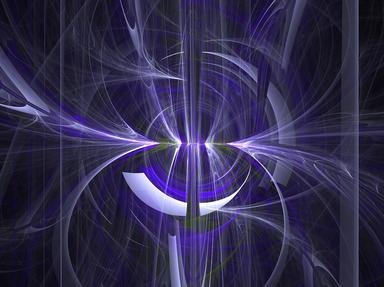Quiz Answer Key and Fun Facts
1. The lowest named band of radio waves is ELF, standing for "extremely low frequency". Where would you most commonly encounter such an electromagnetic wave?
2. Going up a step, the next band is called VF, encompassing frequencies from 300 to 3,000 Hertz - also usually transmitted through cables. Which common application (related to the "V") uses this band?
3. Ranging from 3 to 30 kilohertz, the VLF (Very Low Frequency) band is the lowest radio band typically used for wireless transmission. It is also the only band that can be used to meaningfully communicate with a specific type of vessel - which one?
4. The next four bands - LF, MF, HF and VHF - are all used for analogue radio (audio) broadcasting. They stand, in turn, for long, medium, high and very high frequency. Which of them is most suitable for transmitting a radio program to be heard all around the world from a single transmitter?
5. Staying within the audio broadcasting bands for a moment, there are two possible methods of modulating the sound signal to the carrier frequency: Amplitude Modulation (AM) and Frequency Modulation (FM). Which of the four radio bands are used for FM radio?
6. Before we move outside radio range, here's one last question about its highest bands - SHF (Super-High Frequency) and EHF (Extremely High Frequency). Which of these is NOT a typical application using the SHF and EHF bands?
7. Once wavelengths go below 1 millimeter (and frequencies surpass 300 Gigahertz), we leave the spectrum of radio waves and enter the infrared spectrum which, in turn, ranges all the way to approximately 0.75 micrometers. Which of the following harmful effects would a strong infrared beam immediately have on a section of unprotected human skin?
8. There are enough quizzes about visible light already, so I'll skip right across it and go to the ultraviolet range. Which of these technological applications does NOT commonly use ultraviolet radiation?
9. Two more regions of the spectrum to explore: Ranging from 10 nanometers to approximately 10 picometers, the X-ray spectrum is known mostly for its medical imaging applications. Which of these statements about a typical medical X-ray device is true?
10. Finally, we have reached the gamma ray band which actually, in terms of wavelength, somewhat overlaps the X-ray band. What however does distinguish the two?
Source: Author
WesleyCrusher
This quiz was reviewed by FunTrivia editor
CellarDoor before going online.
Any errors found in FunTrivia content are routinely corrected through our feedback system.
